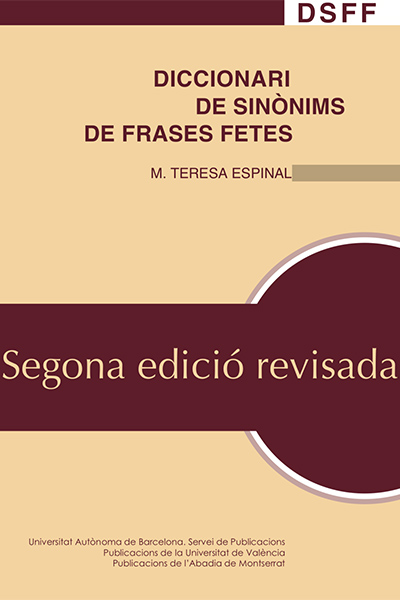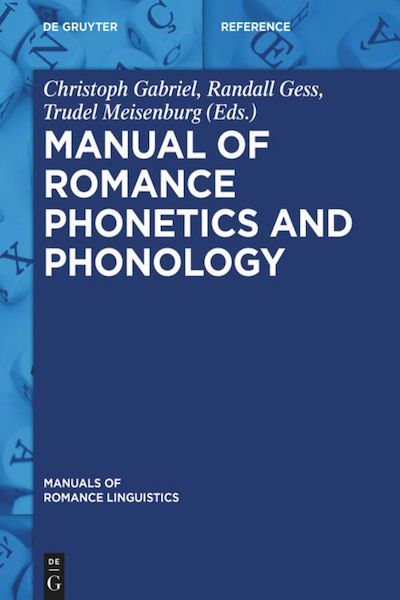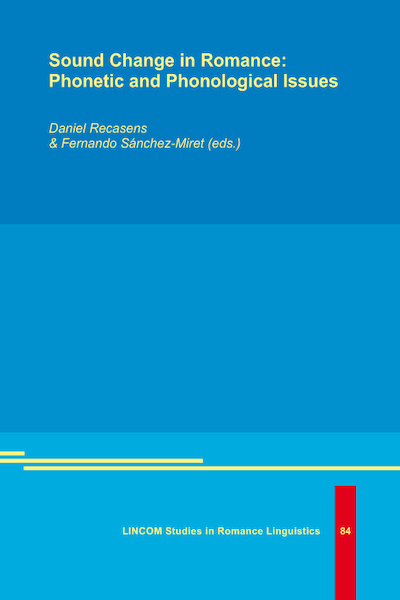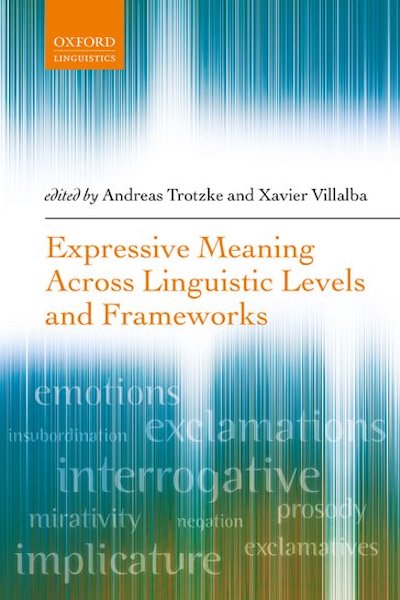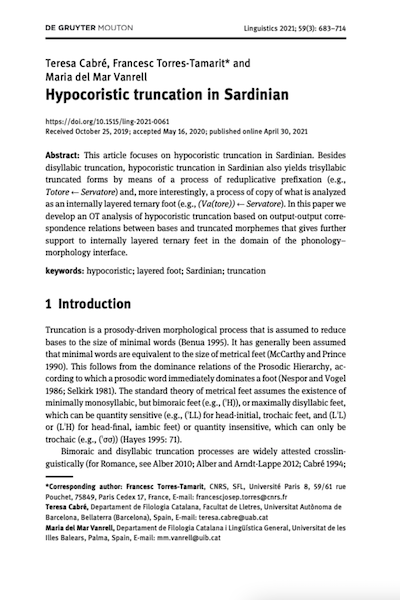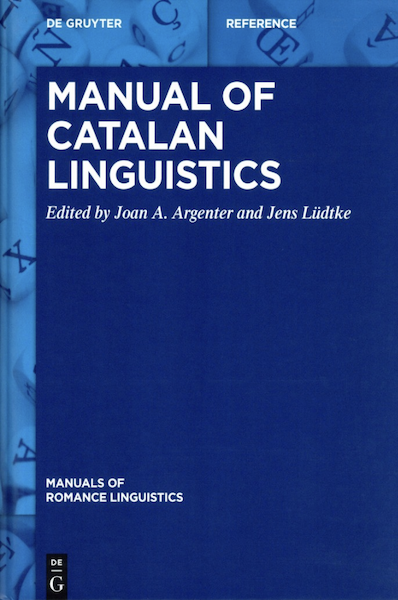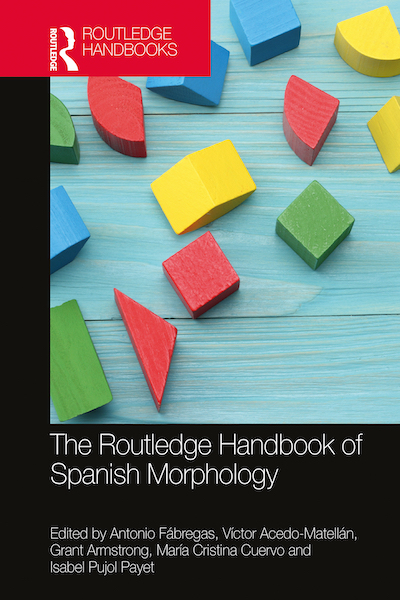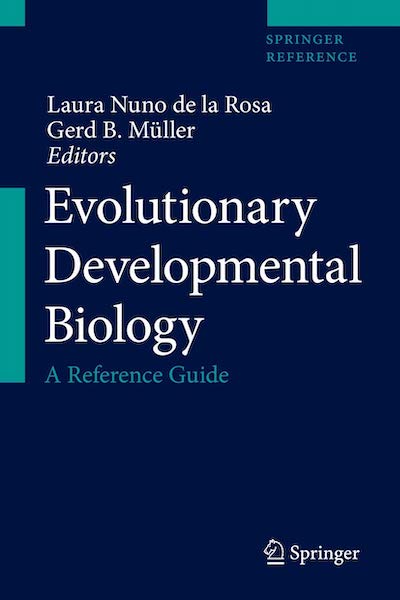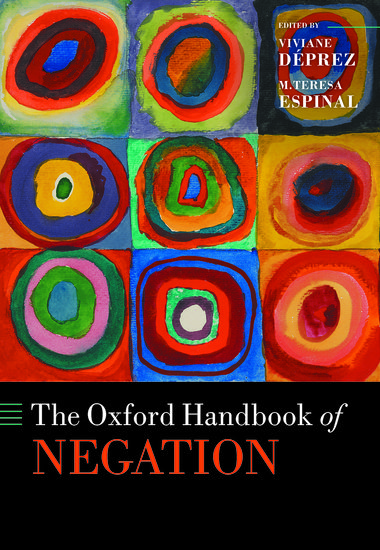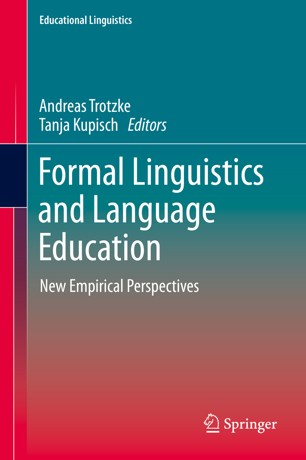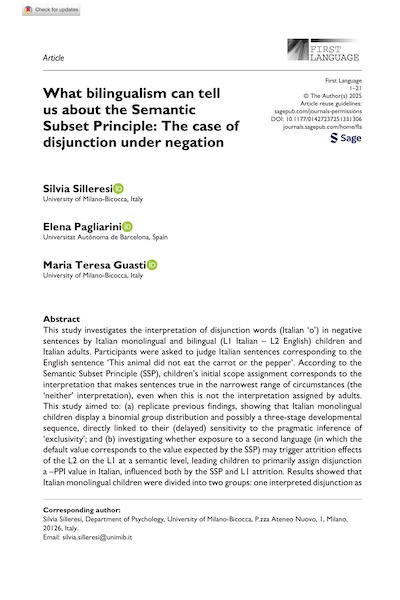
Autors:
Silleresi, Pagliarini & GuastiTítol:
What bilingualism can tell us about the Semantic Subset Principle: The case of disjunction under negationEditorial: First Language
Data de publicació: 25-04-2025
Pàgines: 21
Més informació
This study investigates the interpretation of disjunction words (Italian ‘o’) in negative sentences by Italian monolingual and bilingual (L1 Italian – L2 English) children and Italian adults. Participants were asked to judge Italian sentences corresponding to the English sentence ‘This animal did not eat the carrot or the pepper’. According to the Semantic Subset Principle (SSP), children’s initial scope assignment corresponds to the interpretation that makes sentences true in the narrowest range of circumstances (the ‘neither’ interpretation), even when this is not the interpretation assigned by adults. This study aimed to: (a) replicate previous findings, showing that Italian monolingual children display a binomial group distribution and possibly a three-stage developmental sequence, directly linked to their (delayed) sensitivity to the pragmatic inference of ‘exclusivity’; and (b) investigating whether exposure to a second language (in which the default value corresponds to the value expected by the SSP) may trigger attrition effects of the L2 on the L1 at a semantic level, leading children to primarily assign disjunction a –PPI value in Italian, influenced both by the SSP and L1 attrition. Results showed that Italian monolingual children were divided into two groups: one interpreted disjunction as taking scope over negation as adults did, while the other interpreted negation as taking scope over disjunction, as predicted by the SSP. In addition, they displayed the three-stage developmental pattern observed in prior research. All bilingual children, instead, systematically adopted a ‘neither’ interpretation of disjunction under negation in Italian, showing an attrition effect of the L2 (English) on the L1 (Italian) at the semantics level. We interpret these results as indicating that being exposed to an L2, while still being guided by the SSP, acts for bilingual children as a super-additive factor in setting the Disjunction Parameter in their L1.

